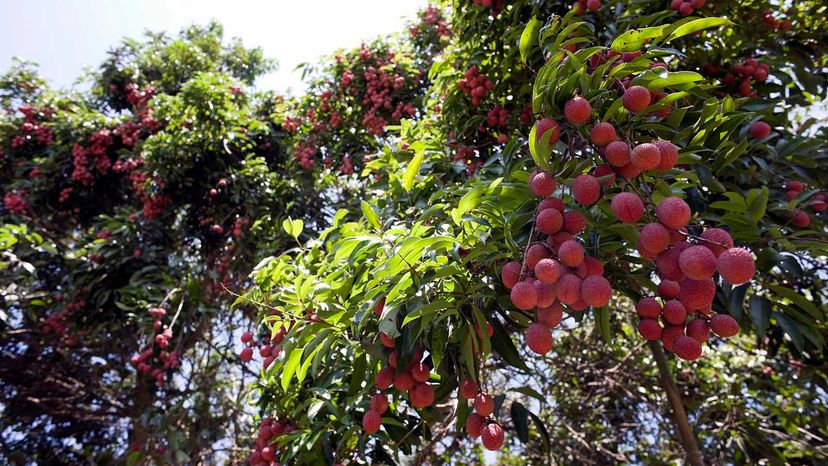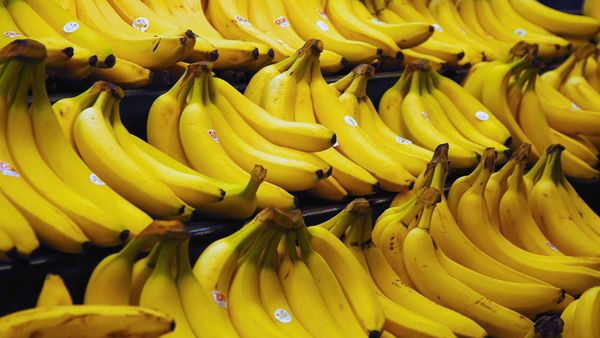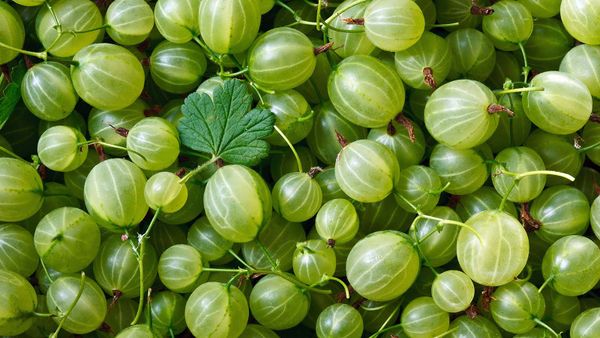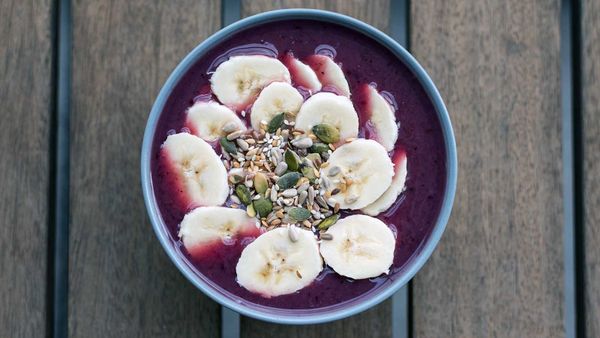
With a sweet flavor and an array of health benefits, lychee (pronounced lai-chee) is a seriously underrated fruit. Lychee, also known as Chinese cherry, is a golf-ball-sized edible fruit native to Southeast Asia. It looks like an oversized raspberry, tastes like a subtle mix of grapes and pears, and promises a surprising amount of health benefits — it's been doing so for millennia.
Lychee's roots date back to at least 1059 B.C.E, with praise and pictures of the fruit in early Chinese literature. In fact, numerous lychee varieties are named after prominent Chinese families. The fruit is native to low-elevation stretches of southern China; cultivation expanded into Southeast Asia and later Burma (now Myanmar) and India. These days, farmers grow lychee in places like southern California, Florida and Hawaii, making the subtropical fruit more widely available.
Advertisement
But just because it is available doesn't mean people regularly buy it. Ruixi Hu, founder of Lost Plate Food Tours, which runs tours in Asia and the U.S., says food-tour guests have rarely tried it. "People have heard of lychee but haven't seen it before or don't know what it looks like," she says in an email. "People have pointed at it and asked me what it was, and when I tell them it's lychee they looked surprised. So I think people are familiar with the flavor or the word, but haven't actually seen the fruit."
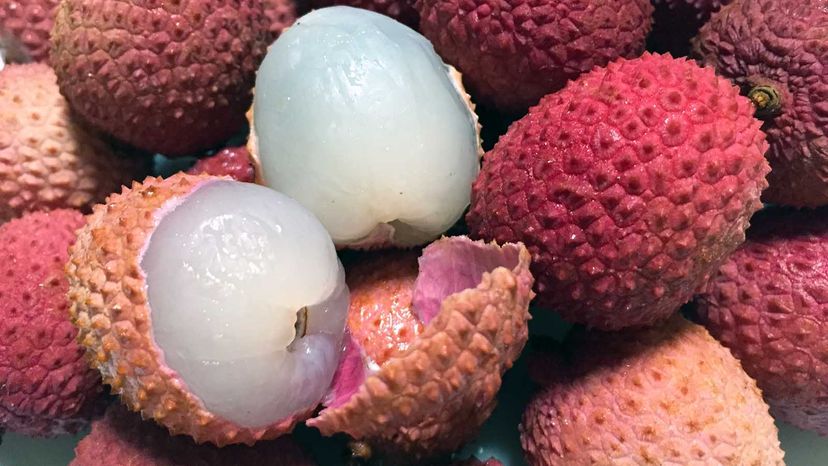
Advertisement
